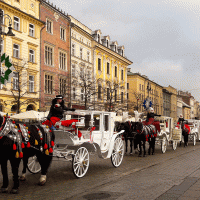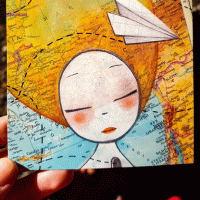5 things to do in Tunis: dive into Arab culture
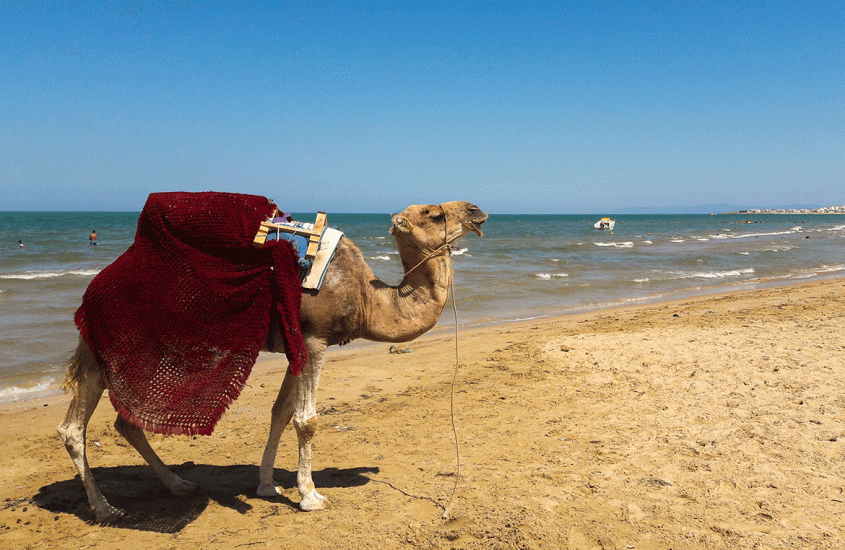
I’m sitting here with my notebook open, writing a list of 5 things not to miss in Tunis. As I cast my mind back to trips past and more recent, I can’t help but smile. My husband was born in the province of Tunis, and now works there. As a result, the city has become “mon deuxième chez moi”, my second home. This is where we spend our holidays every summer, and with every passing year I’ve come to love this North African country and its capital more and more. I unwind as I let myself go to its relaxed pace of life, immersing myself in a culture and religion that are entirely different to mine. I’ve made peace with its thornier aspects, even though embracing them has, at times, been painful. I love this city like you do a sister: I’m aware of its limitations, I do not judge it, and my love for it is unconditional.
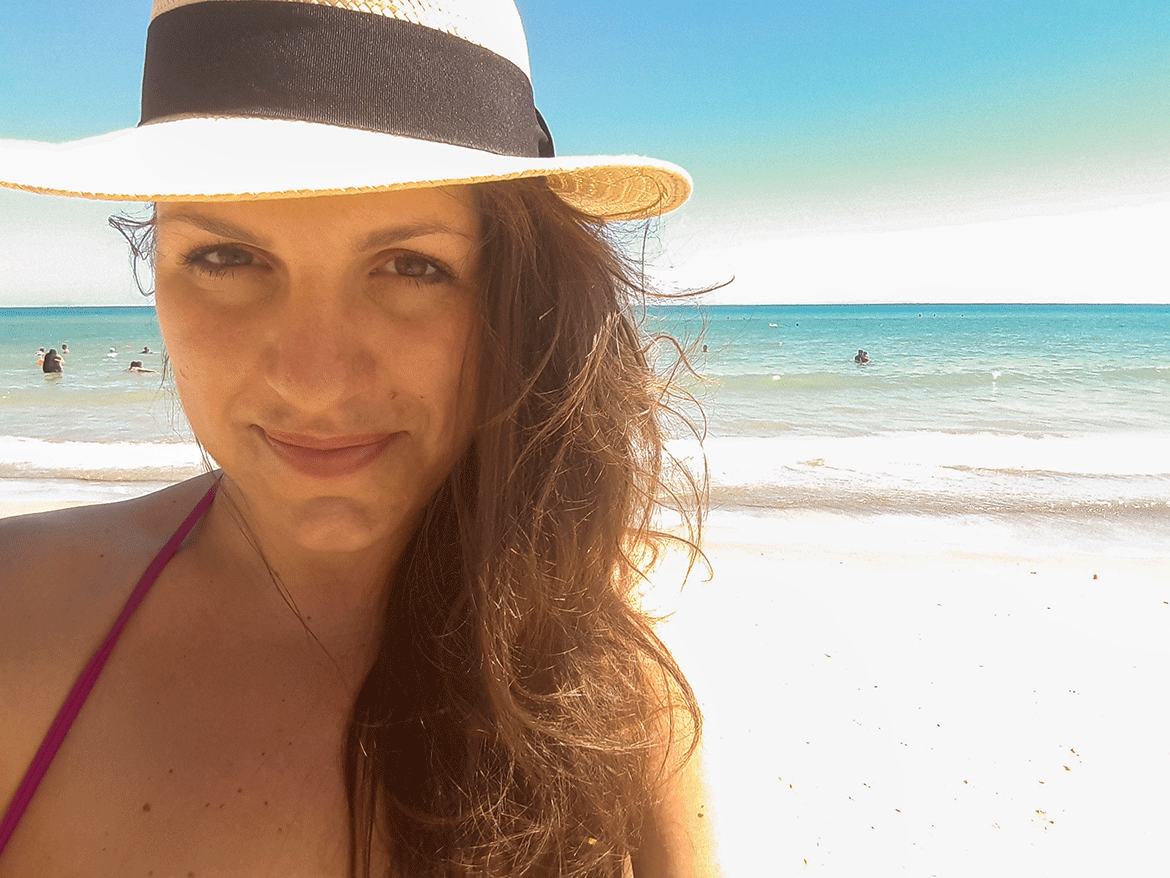
Talking about Tunis and Tunisia is now particularly significant: the country is paying the price, in terms of tourism and the economy, for terrible years marred by terrorist attacks that prompted tourists to stay away. I don’t think anyone should ever visit a place in which they do not feel safe. My only hope is that this article conveys just how unique Tunis really is. I also hope will soon be ready to go back there and soak up all the wondrous sights it has to offer. So, for when you feel ready, here’s a list of the things you shouldn’t miss when visiting Tunis and the surrounding area.
5 things to do in Tunis
1. Visit the Souks in the Medina.
It’s a bit of a free-for-all. A tangle of streets, people, colours, cats, objects, foods and aromas. Noisy, hot, at times suffocating, labyrinthine, it is inquisitive, if not outright intrusive. A confusing maze of noisy little shops, salesmen who can work out what country you’re from at a glance, carts selling fresh water, spices and sweets. An explosion of fabrics, leather goods, handicrafts, bags, bracelets, necklaces… come to think of it, of just about anything that exists on the face of the earth. Taking a stroll and buying something in an Arab souk is an experience to be tried at least once in a lifetime: it is altogether different to the European idea of a market, a parallel concept well worth discovering. If you’re interested in reading more about the souks of Tunis, check out this article.
2. Unwinding in a hammam.
Traditionally speaking, hammams became common in Muslim countries for reasons linked to religion, and involve a fully-fledged ritual to purify and relax the body with steam. After completing several other stages, one reaches the heart of the hammam: the calidarium. Usually this tiled, heated room is where people soap up, rinse off, have a chat with other punters or just unwind in silence. In the same room you can ask the hammam staff for a peeling treatment, or massages with essential oils. Bear in mind that men and women use separate rooms in the hammam, while smaller bathhouses have different timetables for men and women. My advice is not to underestimate your first trip to a hammam, particularly if you go to one for locals: it involves a process which might be at odds with some of your personal conceptions, like the fact that washing is something you do in private, not in public; nor is it something you get someone else to do for you. If you want to find out more, check out my article on hammams.
3. Get lost in hues of blue in Sidi Bou Said.
This is one of the places I love most in the whole world. A village in the province of Tunis, it sits perched atop a cliff, affording incredible views out over the gulf. The best place to enjoy that view is up on the hill where the town centre ends, where the houses give way to cafés: my heart skips a beat every time I come here. Pull up a seat and enjoy a mint tea as you revel in a sight which will have you believing you’ve wound up in Paradise. Get lost in the alleyways of the tiny Andalusian-style village; the repetitive blue and white hues of the houses will soothe your eyes and bring peace to the senses. Breathe in the fragrance of jasmine flowers and doughnuts (called bambalouni). For more information about this Mediterranean gem, take a look at my article.
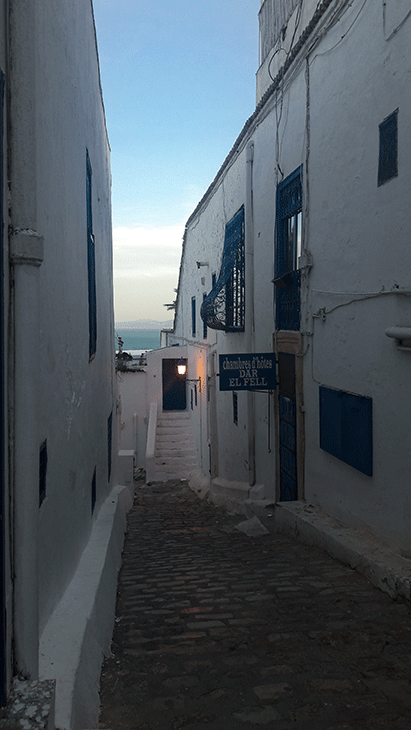
4. Soak up some history at the Bardo National Museum.
Sadly, this museum often sounds familiar for the wrong kind of reason: a terrorist attack was carried out here in March 2015. But in actual fact, there are many far better reasons to remember this place: the Bardo boasts the largest collection of Roman mosaics anywhere, and also holds the record for the world’s oldest Arab museum. You can’t fail to be struck by how perfectly preserved the mosaics and sculptures are. After all, this is where Carthage once stood, on what is now the Gulf of Tunis: this place was the cradle of the Phoenician and Carthaginian Empire, and to this day its history has a considerable effect on modern culture. The best way to get to the Bardo is by taxi, a form of transportation locals use widely, given the very reasonable rates. Bear in mind the Museum is a 15-minute tax ride from Tunis Medina. For more information, visit the official website.
5. Savour Tunisian food.
More than any particular dish, I’d like to tell you about a place: La Goulette. It sits on the coast, just a stone’s throw from Tunis. This cosy town has a seafront with an infinite number of tiny restaurants, many of which specialise in fish dishes. You can really go to town here 🙂 Besides brik and couscous, make sure you tuck into Tunisian desserts: as in many Arab countries, pastries here are all about pistachio nuts, almond paste, dates, honey and rose water. The flavours are a world away from European tastes, and the result is a revolutionary experience for the taste buds. If you want to try sweets of a high standard (and perhaps buy some to enjoy back home), I recommend Patisserie Masmoudi: you’ll find their bakeries all over Tunis and the surrounding area (including at Tunis-Carthage airport). You can find a list of their stores here. For more information about restaurants I recommend, head on over to my article.
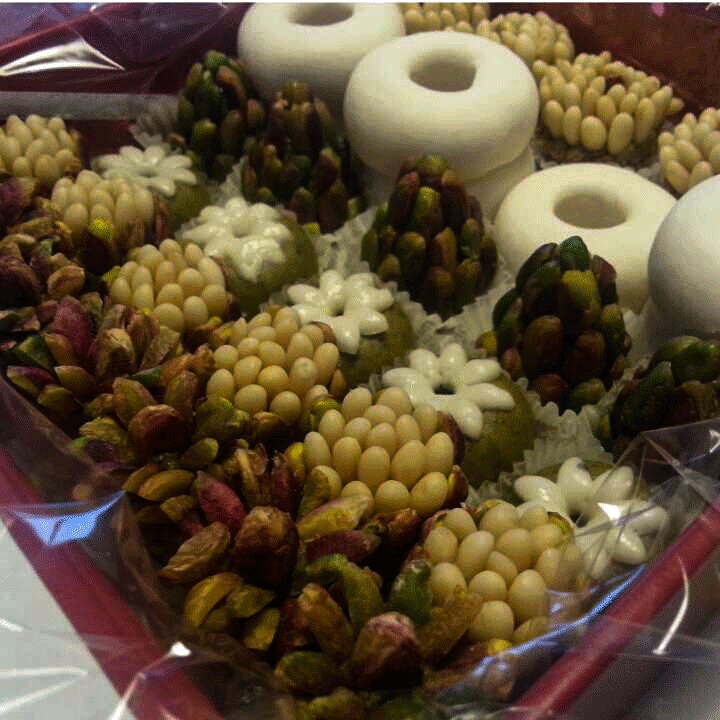

“For me, travelling means always being on the move, and enjoying every single moment. I could never go without that feeling.”


